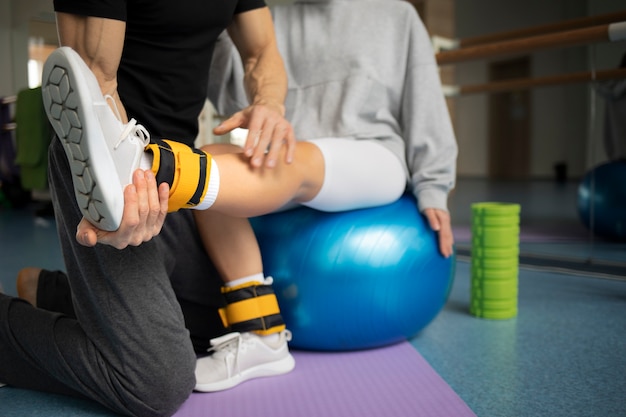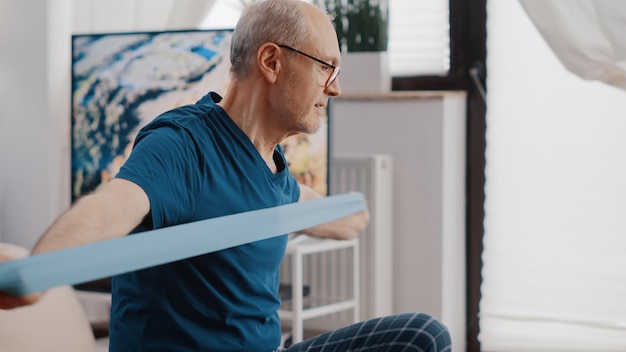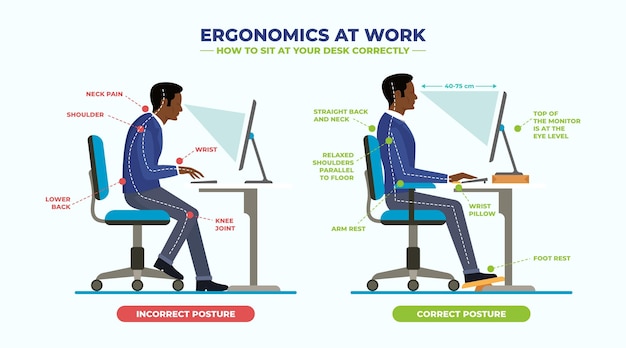Recovering from an injury, surgery, or chronic pain can feel overwhelming. The thought of physical therapy might bring up images of complicated equipment and exhausting workouts. But rehabilitation doesn’t have to be intimidating. With the right approach, even small, consistent efforts can lead to meaningful progress. This beginner’s guide offers practical, evidence-based strategies to help you build strength safely, restore mobility, and regain confidence—using short routines and simple daily habits.
Rehabilitation is not just about healing an injury—it’s about restoring function, preventing future problems, and improving quality of life. According to research, structured rehab programs significantly improve recovery outcomes, reduce pain, and lower the risk of re-injury. Whether you're recovering from a sprained ankle, back surgery, or managing joint stiffness, rehab helps retrain your body to move efficiently and safely.

One of the biggest misconceptions about rehab is that you need long, intense workouts to see results. In reality, short, focused sessions of 10–15 minutes, done consistently, are often more effective—especially in the early stages of recovery.
A 2020 study published in the Journal of Orthopaedic & Sports Physical Therapy found that patients who performed brief daily exercises showed better adherence and similar or superior outcomes compared to those doing longer, less frequent sessions. Consistency beats intensity when rebuilding strength after injury.
Rehab isn’t just about exercises—it’s also about daily habits that support healing. Small changes can make a big difference over time.
Sleep is when your body repairs tissues and reduces inflammation. Aim for 7–9 hours per night. Poor sleep has been linked to slower recovery and increased pain sensitivity.
Water is essential for joint lubrication and muscle function. Dehydration can lead to stiffness and cramping. Aim for at least 8 glasses a day, more if you’re active.
Avoid prolonged sitting. Stand up, stretch, or walk for a few minutes every hour. Gentle movement prevents stiffness and improves circulation.
Whether lifting groceries or getting out of bed, use safe movements. Bend at the knees, keep your back straight, and avoid twisting under load. These habits protect healing tissues.

Science supports several key principles in effective rehabilitation:
While home routines are helpful, professional evaluation is crucial—especially if you have persistent pain, swelling, or limited movement. A licensed physical therapist can create a personalized plan, correct form, and track your progress.
Telehealth options have made access to physical therapy easier than ever. Many clinics offer virtual sessions, allowing you to get expert guidance from home.
Recovery is rarely linear. Some days will feel better than others. Celebrate small wins—like walking farther or sleeping more comfortably. Progress takes time, but every effort counts.
Mindset matters. Studies show that positive expectations and active participation improve rehab outcomes. Focus on what you can do, not what you can’t—yet.
Rehabilitation is a journey of rebuilding—not just strength, but confidence and independence. By incorporating short, daily routines and healthy habits, you can support your body’s natural healing process. Remember: small steps lead to big results. Stay consistent, listen to your body, and trust the process.
Start today. Your future self will thank you.

Health

Health

Health

Health

Health

Fitness

Health

Health

Wellness

Health

Fitness

Health

Health